Puppy-Proofing Your House Checklist: A Complete Guide to Keeping Your Pup Safe
Ever wonder how to puppy proof your house? or searching for an all-in-one “puppy-proofing your home checklist”? We got you covered. Puppies are adorable, cuddly, and energetic, but they can also be rather mischievous.
As a new puppy owner, it is critical to ensure that your home is secure for your pet. Each room in your house presents different hazards, and as puppy owners, it is essential to identify and address them to ensure your puppy’s safety.
In this guide for pet owners, we will provide you with a puppy proofing checklist covering the living room, kitchen, bedroom, bathroom, and yard. With these tips, you will be able to create a safe and secure environment for your family members and your pup to explore and play in. So let us get started with our puppy proofing tips!
Puppy Proof a Living Room Checklist
Experienced puppy owners found that your living room is a place of comfort and relaxation, but it can also be a potential danger zone for your new furry friend. From electrical cords to sharp corners, many hazards can harm your puppy.
Therefore, it is important to take the necessary steps in this “puppy-proofing your home checklist” to pet proof and create a safe living room for your dog or your pup to play and lounge in.
- Electrical Cords: Electrical cords for lamps, phones, or other electronics can be tempting chew toys for puppies. Use cord covers to keep cords out of reach, or hide them behind furniture or walls.
- Fragile Items: Breakable items such as vases, picture frames, or decorative objects can be dangerous if knocked over or broken by a clumsy puppy. Consider keeping fragile items out of reach, or securing them with museum putty or double-sided tape.
- Toxic Plants: Many common houseplants can be toxic to dogs if ingested, such as lilies, philodendrons, and pothos. As a pet parent, consider removing toxic plants from your living room or keeping them out of reach.
- Furniture: Heavy furniture, such as bookcases or standing lamps, can pose a risk if they are toppled over by a puppy. To avoid accidents, think about fastening furniture to the wall.
- Upholstery: Puppies may be tempted to chew or scratch upholstered furniture. You can either cover the furniture with something that can easily be washed or use an animal-friendly fabric.
- Reclining Chairs or Sofas: These can be dangerous for puppies who may crawl under them and get stuck or injured. One solution is to block off the area under the chair with a piece of furniture or a baby gate.
- Doors and Windows: Puppies may try to escape through doors or windows, which can lead to dangerous situations. As a rule of thumb, closing all doors and windows securely and pet-proofing them can eliminate accidents.
- Staircase: Puppies may be at risk of falling down stairs or getting stuck between railings. Consider using a pet gate to block off the staircase, or installing mesh or plexiglass over the railing.
- Fireplace: A lit fireplace or hot stove can be dangerous for a curious puppy. Consider using a fireplace screen or pet gate to prevent access to the fireplace, or keep your puppy supervised when the fireplace is in use.
- Trash Cans: Trash bins can be hazardous if a puppy ingests something toxic or harmful. Consider using a trash can with a secure lid or keeping it out of reach.
Puppy Proof a Bedroom Checklist
Your bedroom is your personal sanctuary, a place of rest and rejuvenation. However, it might also include unnoticed threats to your new puppy. From dangling cords to loose bedding, many risks can harm your furry friend. Knowing how to puppy proof you bedroom will ensure that your new pup, can relax and sleep soundly without any accidents or injuries.
- Bed: If you allow your puppy on the bed, make sure they can safely get on and off without injury. Think about utilizing pet steps or a ramp, to make it simpler for pets to ascend and descend.
- Clothing and Bedding: Puppies may be attracted to your clothing or bedding due to your scent. To prevent choking, keep these items off the floor or out of reach by using a closet with a closed door or a hamper with a secure lid.
- Furniture: Puppies are wandering creatures who may find themselves in trouble if they walk amidst dresses or nightstands that can be toppled. Consider fastening furniture to the wall to prevent accidents.
- Under the Bed: Puppies may try to crawl under the bed and get stuck or chew on items stored there. Keep the area under the bed clear of any items and block it off with a pet gate or other barrier.
- Heating and Cooling Units: Heating and cooling units can pose a risk to puppies, as they may chew on cords or get too close to hot or cold surfaces. Use cord covers to keep cords out of reach and install covers or barriers around heating and cooling units to prevent your puppy from accessing them.
- Curtains and Blinds: Make sure to keep cords and strings from curtains and blinds out of reach, as puppies may chew on them and get tangled or even strangled.
- Small Objects: People often forget that things like jewelry, coins, and hair ties pose a threat to a puppy who might end up choking on them. Keep them out of reach or store them in containers with secure lids.
- Medications: Keep all pills, syrups, and other prescribed medicine in a place where your pet cannot reach them. Avoid low surfaces like your nightstand or dresser where your puppy can easily climb over.
- Baby Gates: Use baby gates to block off areas of the room that may be hazardous to your puppy, such as a home gym or a closet with shoes or clothes that they could chew on.
- Puppy Proof Crate: If you are busy and cannot keep a lookout for your puppy, you can still let it have fun whilst ensuring it is protected and safe by putting them in a puppy’s crate. To ensure the crate is indeed effective and safe, ensure that it has tight bedding, and soft edges and is essentially puppy proofed. This also means you have to be mindful of any chew toys you may include to keep your puppy occupied.
Puppy Proof a Kitchen Checklist
A kitchen is a place where many household hazards lurk, especially for curious and energetic puppies. From hot stovetops to toxic ingredients, many dangers can put your pup at risk. Therefore, it is crucial to follow this puppy-proofing your home checklist and make sure that your furry friend stays safe while you cook and clean.
- Cabinets and Drawers: Use baby locks or other secure latches on cabinets and drawers to prevent your puppy from getting into pots, pans, utensils, or other items that could be harmful or pose a choking hazard.
- Countertops: Puppies may jump up onto countertops and potentially knock over or ingest items like knives or hot pots and pans. Keep countertops clear of any potential hazards and never leave sharp or hot items within reach.
- Pot Handles: Puppies may jump up and accidentally knock over pots on the stovetop, potentially burning themselves or causing a fire. Double-check whether your pot handles are turned inward and keep them away from the stovetop edge to prevent them from accidentally knocking.
- Knives and Sharp Objects: Prevent keeping any sharp objects including knives away from your puppy’s reach. Use knife blocks or magnetic knife holders to keep them securely stored, or store them in high cabinets.
- Grocery Bags: Grocery bags can be a choking hazard for puppies, as well as containing potential hazards like plastic or sharp objects. Consider putting your grocery bags out of reach or discarding them as soon as they are unpacked.
- Tablecloths and Placemats: Tablecloths and placemats may be pulled down by puppies, potentially causing hot food or drinks to spill or breakable items to shatter. Use a non-slip pad under tablecloths and avoid using placemats altogether.
- Human Food: No matter how many times your puppy pouts and purrs, prevent feeding foods like chocolate, onion, grapes, and avocados to them, as they can be toxic. Keep all human food out of reach of your puppy and dispose of any scraps or leftovers in a secure trash can.
- Appliances: Electrical appliances like stovetops, ovens, and blenders can be dangerous for puppies who may try to chew on cords or get too close to hot surfaces. Keep cords out of reach with cord covers, and never leave appliances unattended while they are in use.
- Dishwasher: Puppies may be attracted to the smells of food and may try to lick dishes in the dishwasher, potentially getting their paws caught in the racks or ingesting harmful chemicals. Keep the dishwasher closed and use a dishwasher lock to prevent access.
- Cleaning Supplies: Keep all cleaning supplies, including sprays, wipes, and sponges, out of reach in a locked cabinet or closet. These items can be toxic if ingested by your puppy.
Puppy Proof a Bathroom Checklist
The bathroom may seem like a harmless space, but it is one of the most hazardous rooms in the house for your new puppy. Many cleaning supplies and personal care items can be toxic if ingested by a curious pup. By following the steps outlined in this guide on puppy-proofing your home checklist, you can create a safe space for your pet to groom and play.
- Toilet: Do take note to close your toilet lid to prevent your puppy from falling in or drinking water from it. You can also use a toilet lock to keep the lid securely in place.
- Bathtub: Puppies can slip and fall in the bathtub, so it is important to keep it dry when not in use. Use a dry mat to keep them steady and avoid dangerous falls.
- Bath Toys: Bath toys and items such as loofahs or sponges can be a hazard if ingested by a curious puppy. Do not forget to transfer them to a secure location your puppy cannot access after every time they are used.
- Toiletries: Toothpaste, soap, shampoo, and other toiletries can be tempting for puppies to chew on or swallow. Storing them on a high shelf under lock and key can prevent them from accessing toiletries.
- Sharp Objects: Keep all sharp objects, such as razors, scissors, and tweezers, in a locked cabinet or drawer.
- Paper Products: Puppies may be attracted to toilet paper rolls or tissues and try to chew on them. Put them away in an airtight container or at a height that is out of reach to keep them hidden.
- Towels and Bath Mats: Puppies may be attracted to towels and bath mats, which can be a choking hazard if ingested. Keep them out of reach or secured in a closed cabinet.
- Electrical Appliances: Hairdryers, curling irons, and other electrical appliances should be stored in a drawer or cabinet with a childproof lock. Keep them unplugged and out of reach when not in use.
- Washing Machine: Keep the laundry room door closed to prevent your puppy from accessing the washing machine. Laundry supplies like detergent and fabric softener should also be kept out of reach. Be careful when transferring laundry from the washer to the dryer to ensure that your puppy is not accidentally trapped inside the machine.
- Garbage Cans: Garbage cans in the bathroom can contain hazardous materials such as razors, cotton swabs, and other items that can harm your puppy. Keep garbage cans secured with a lid and out of reach.
Puppy Proof a Yard Checklist
Your yard is a place of outdoor adventure and exploration, but it can also be a place of hidden dangers for your new puppy. Pools, ponds, and other bodies of water can be a serious drowning risk if not properly secured. With our puppy-proofing your home checklist for the yard, you can ensure that your pup can enjoy the great outdoors without any accidents or injuries.
- Secure Fencing: Make sure your yard has secure fencing to keep your puppy from running away or getting into dangerous areas. Check for any holes or gaps in the fence that your puppy might be able to squeeze through, and make any necessary repairs.
- Pool Safety: Puppies may be at risk of drowning in pools, ponds, or other water features in your yard. If your home has a pool, do not forget to use a pool cover or draw a fence around your pool so that it will not fall in.
- Toxic Plants: Some plants can be toxic to dogs, so it is essential to remove any hazardous plants from your yard. Check with your veterinarian or local nursery to see which plants are safe for your puppy.
- Landscaping: Ensure that any landscaping elements in your yard, such as rocks or decorative stones, are secure and not a choking hazard for your puppy. Also, make sure that any areas with mulch or small rocks are covered or blocked off to prevent your puppy from ingesting them.
- Chemicals: Be mindful of any chemicals you use in your yard, such as fertilizers or pesticides. Look through the fine print to find out the manufacturer’s instructions and keep them stored somewhere far away from your puppy’s reach.
- Garden Tools: As all gardening tools and equipment are sharp, your rakes, shovels, and everything else should be locked in a store room, a place that must be out of bounds for your puppy. Make sure your puppy is in a safe space when they are out and in use as your garden could be hazardous ground especially if it ends up chewing or playing with them.
- Outdoor Furniture: Outdoor furniture can be tempting for puppies to chew on, so make sure to keep it out of reach when your puppy is outside.
- Barbeque Grill: Puppies may be attracted to the smells and remnants of food on a barbeque grill. If you have a barbecue or grill, make sure to clean it thoroughly after use and keep any propane tanks or charcoal out of reach.
- Compost Bins and Trash Cans: Make sure your compost bins and trash bins are securely covered or kept in a locked area to prevent your puppy from accessing potentially harmful items, such as food scraps, bones, or other trash.
- Garden Cleanup: This means removing any toys, bones, or other objects that may pose a choking hazard. It also means regularly cleaning up any accidents your puppy may have had, as urine or feces can contain harmful bacteria.
Final Thoughts: Puppy Proofing Your Home Checklist
As a new puppy parent, knowing how to puppy proof your house into a secure haven for your furry pet should be one of your top responsibilities. Making your home puppy-proof is a crucial step to avoiding mishaps and maintaining the health and happiness of your dog.
By going through each room of your house and taking note of potential hazards, you can create a comprehensive checklist to help you address and eliminate those risks. Remember to be diligent in your efforts to keep your puppy safe, and always keep an eye out for any new dangers that may arise as your pup grows and becomes more curious.
With the tips and guidelines highlighted in our puppy-proofing your home checklist, you can create a safe and comfortable environment for your new puppy to thrive in.

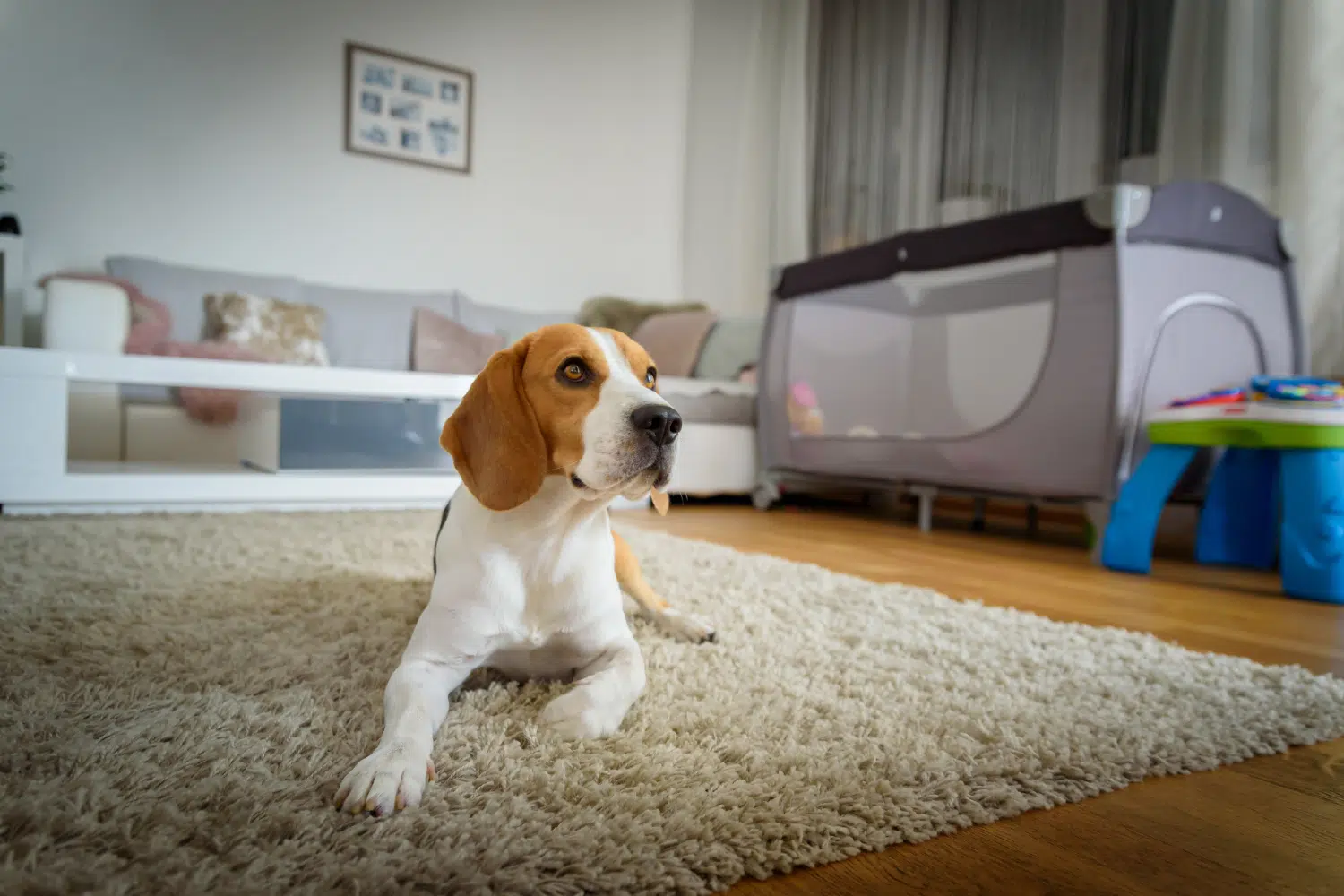
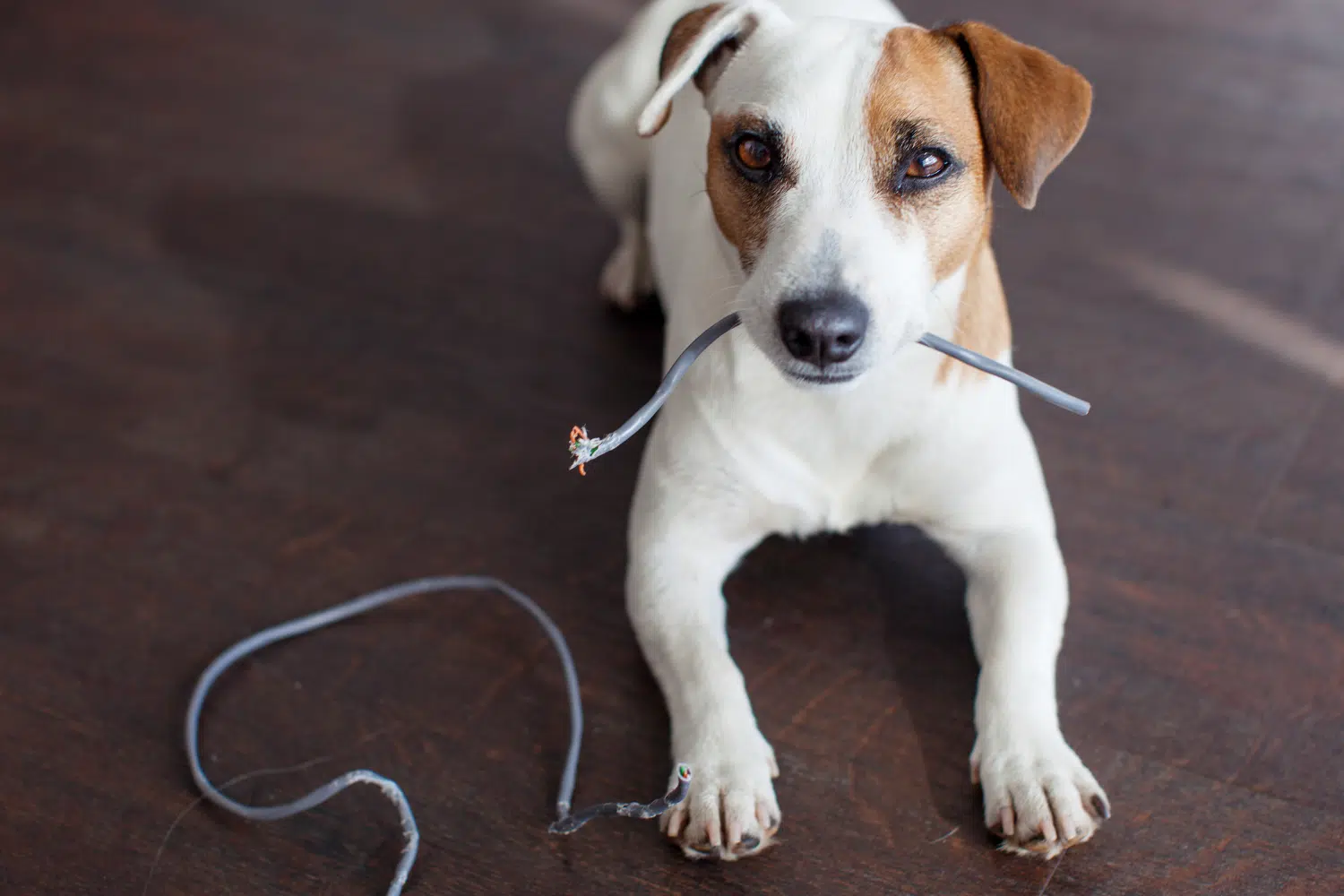

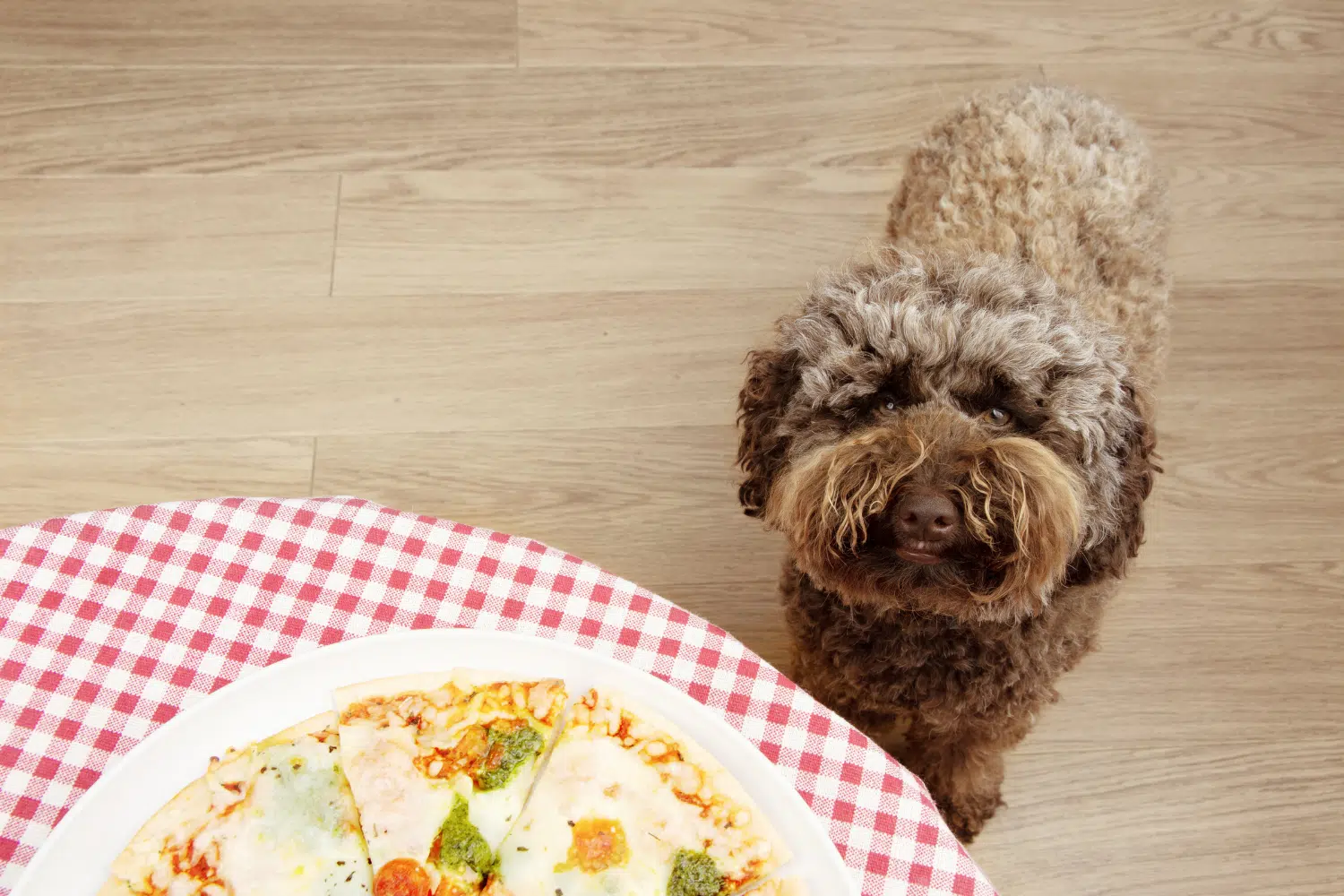
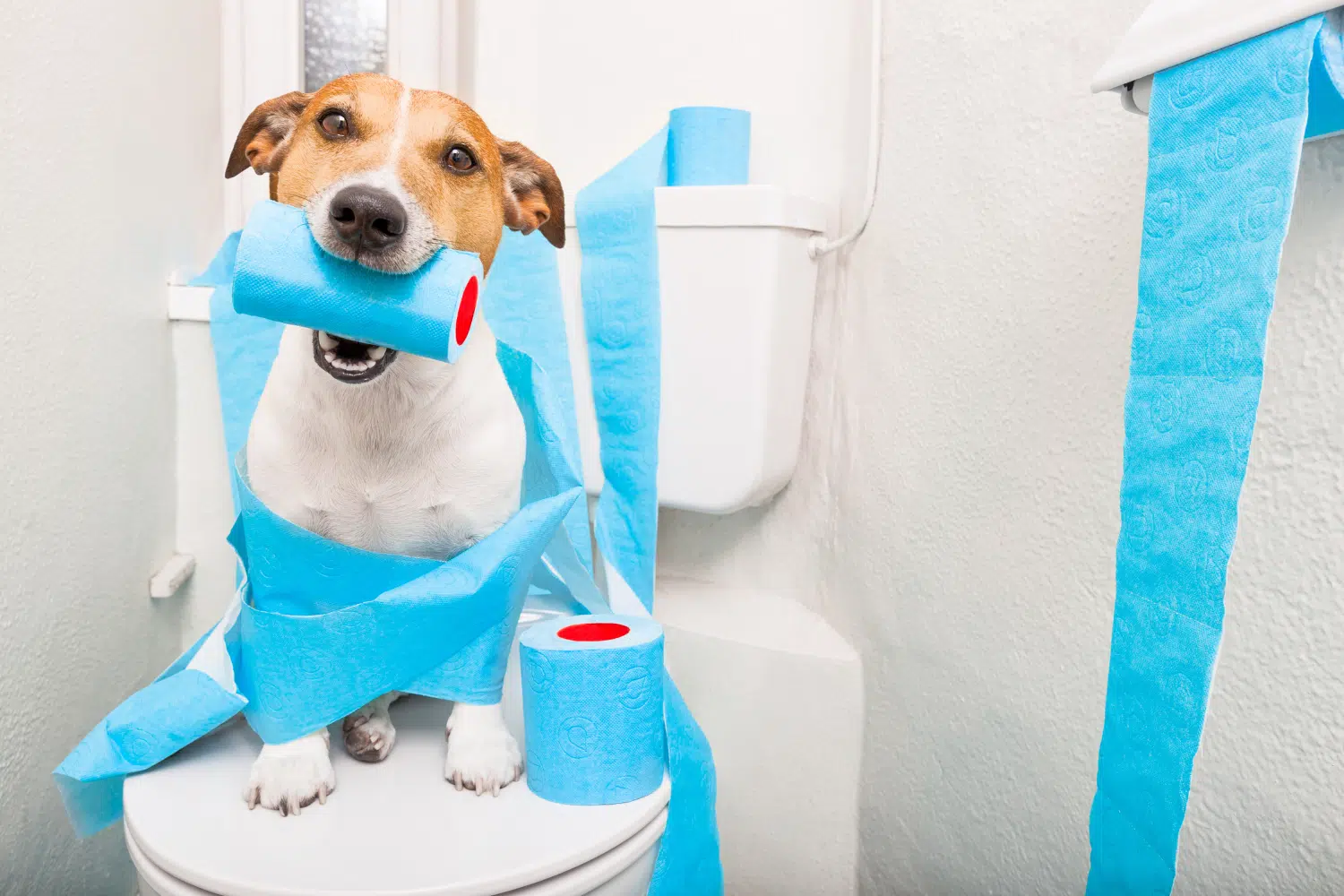

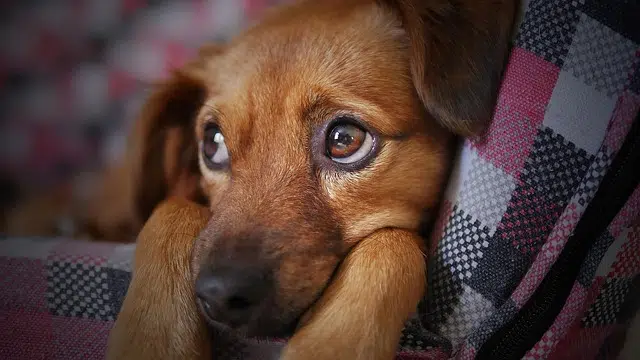
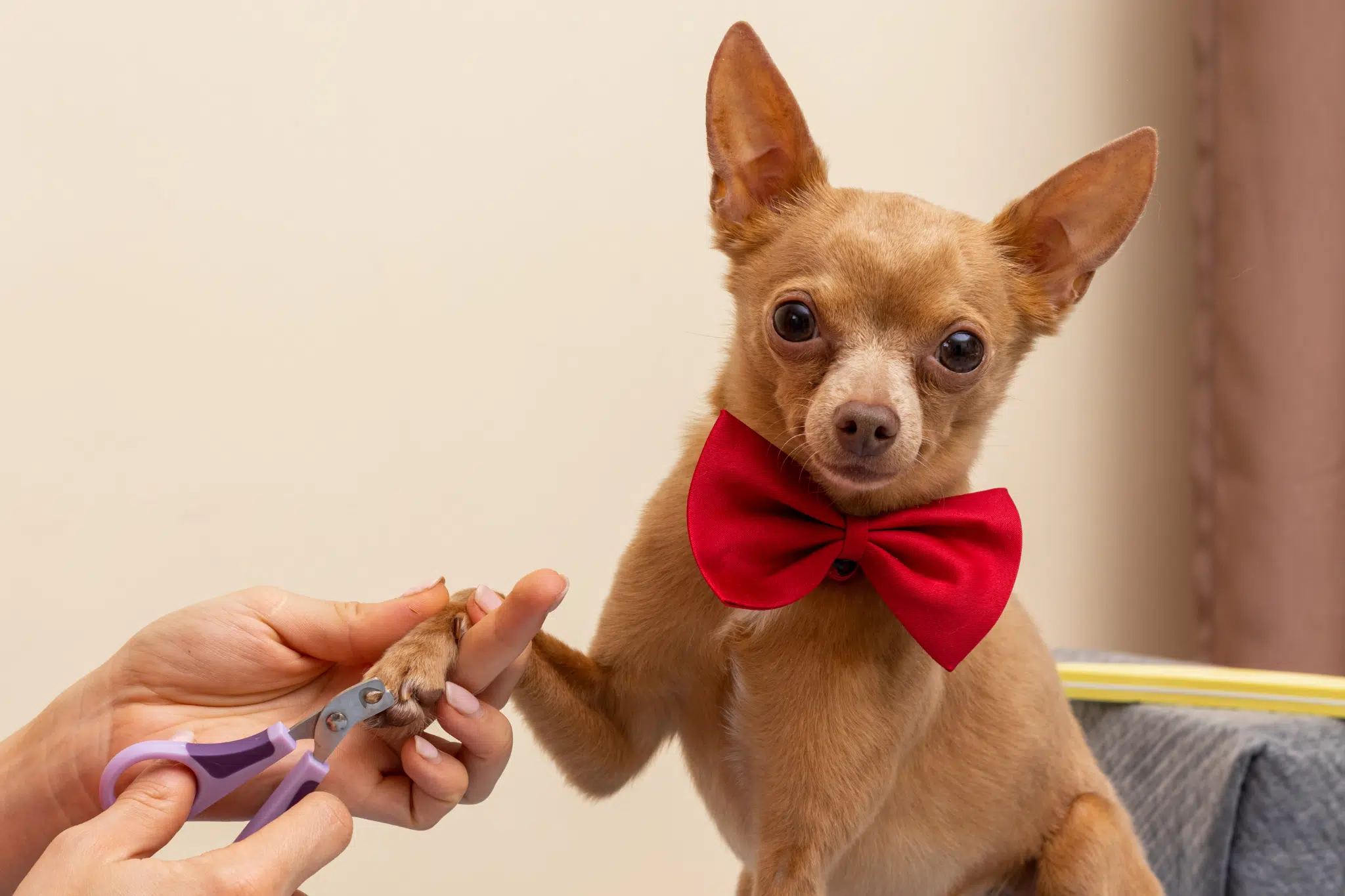
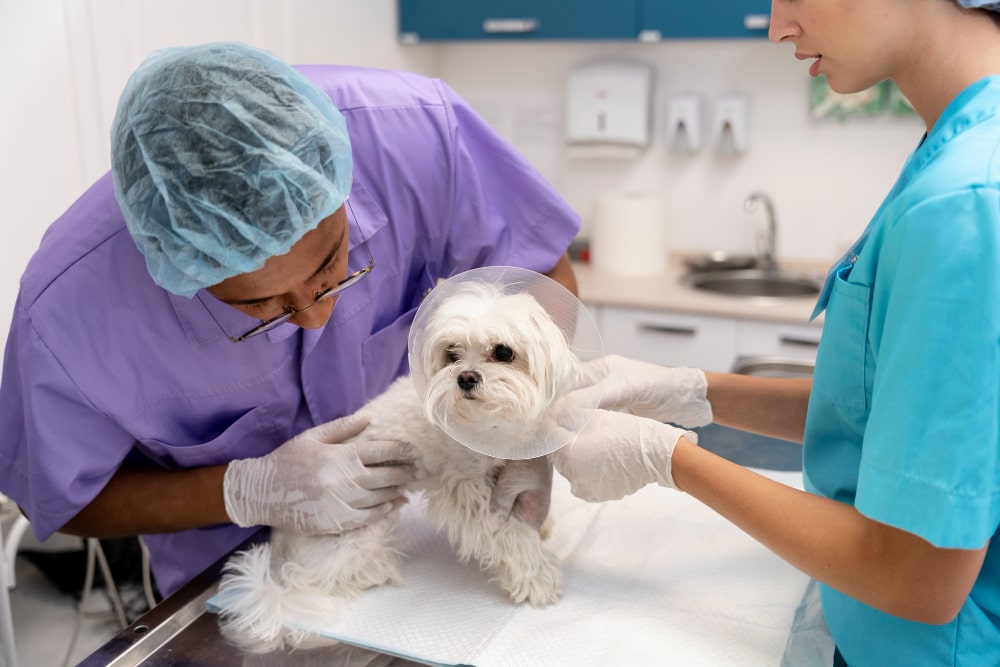

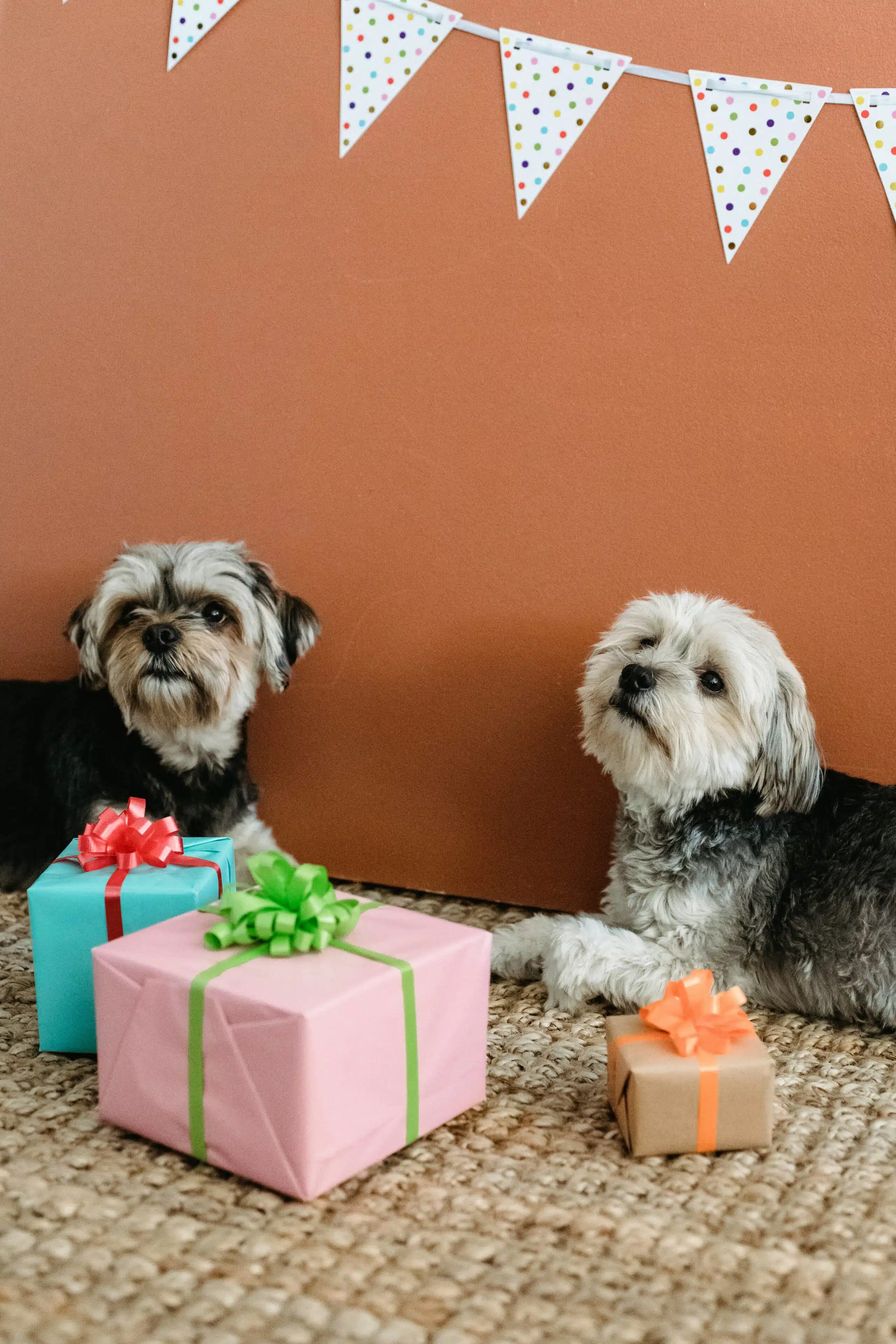
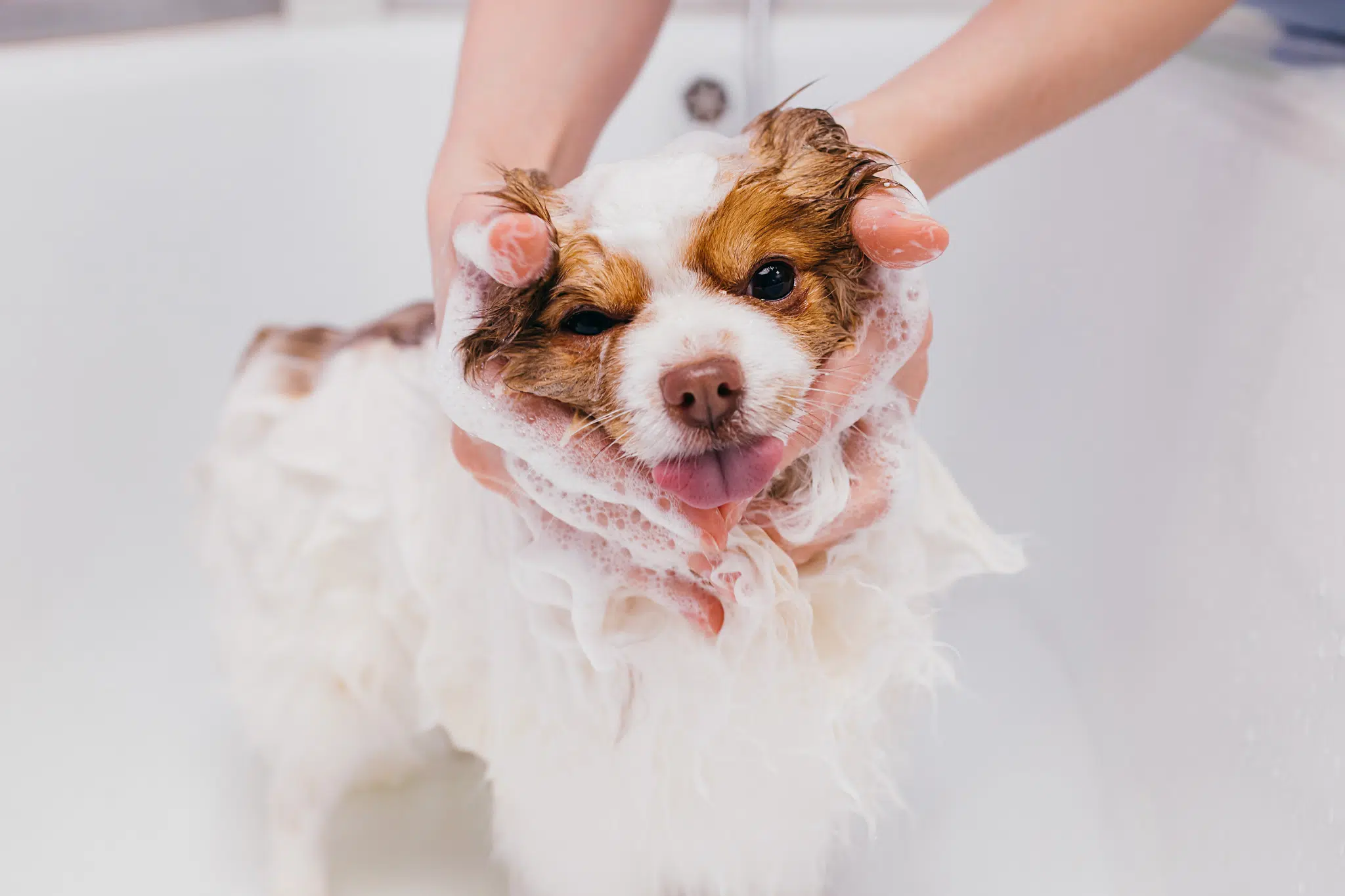
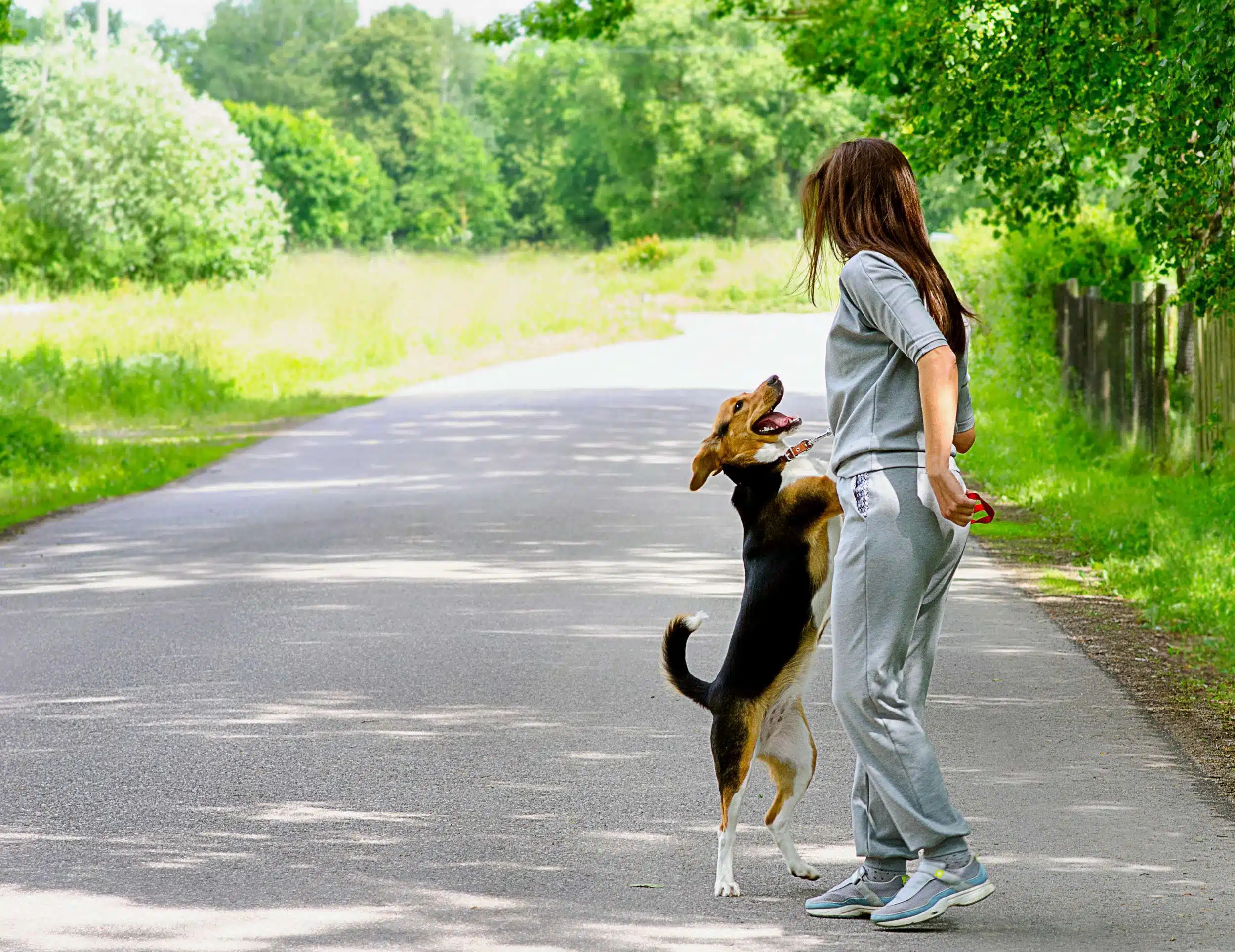
Get involved!
Comments